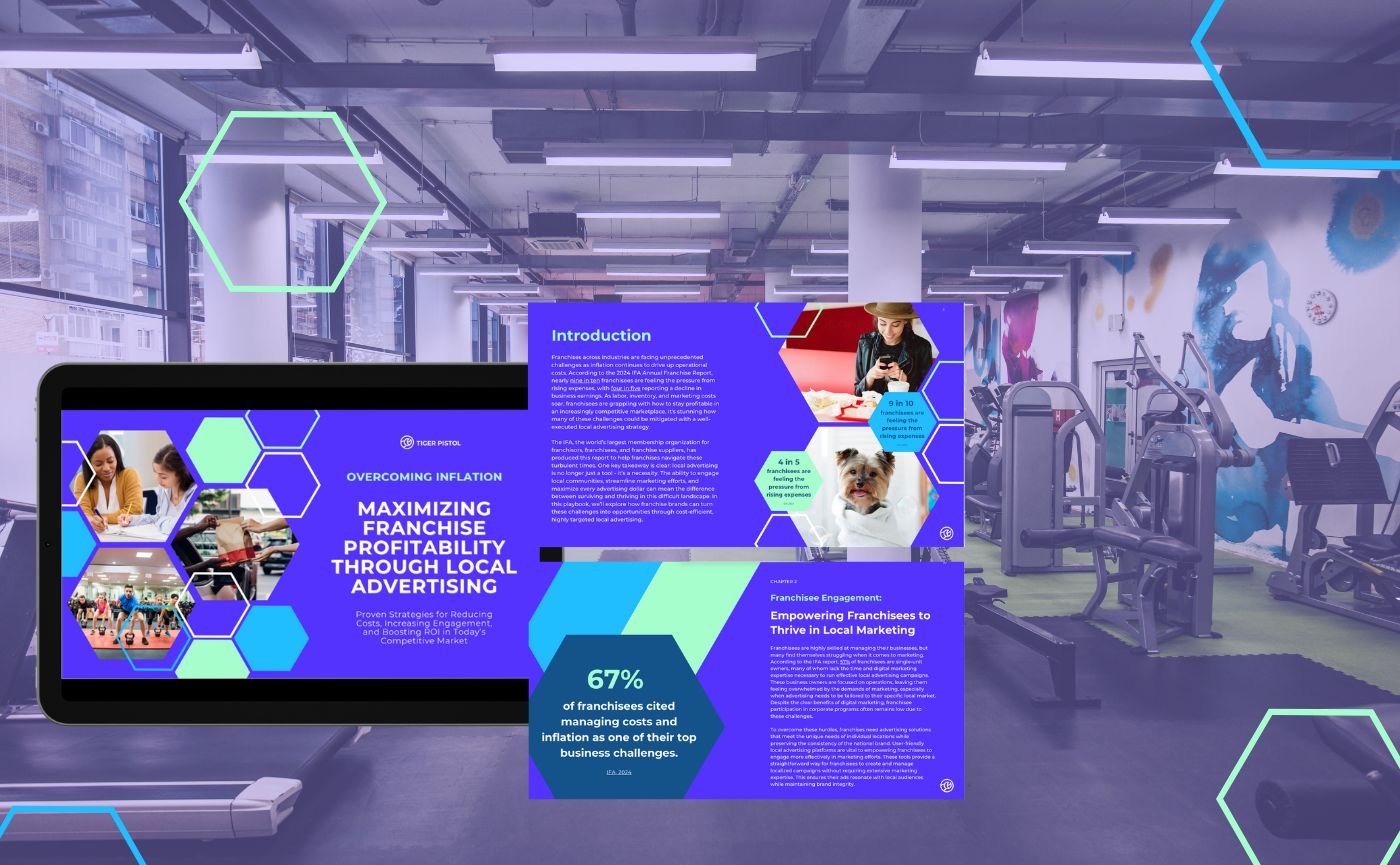A Social Media Advertiser’s Guide to TikTok, Facebook, & Instagram: Demographics & Statistics
Two titans stand at the forefront of social media advertising, captivating audiences and shaping digital marketing strategies: TikTok and Meta through Facebook and Instagram. With their vast user bases and diverse demographics, these platforms offer unparalleled opportunities for advertisers to connect with consumers globally, especially if integrated into a cohesive marketing strategy.
TikTok: Captivating Millenials and Gen Z
Since its inception in 2016, TikTok has swiftly risen to prominence, particularly among younger demographics. Boasting a staggering 1.2 billion monthly active users, it stands as the sixth-largest social platform globally. The appeal of TikTok lies in its immense popularity among the younger crowd, with 18- to 24-year-olds comprising 36.7% of its user base, closely followed by the 25- to 34-year-old demographic at 32.6%.
Distribution of TikTok users worldwide as of January 2024, by age and gender
TikTok’s growth has been rapid, with its user base expanding by an estimated 105% in the U.S. over the last two years.
In 2020, TikTok unveiled its advertising platform, marking a pivotal moment for marketers seeking to engage with its vast audience. Despite its relatively recent entry into the advertising arena, TikTok already commands a notable share of video ad spending in the U.S., capturing 7.0% of the market. With total daily engagement surpassing 4.4 million minutes, TikTok offers advertisers a dynamic platform to showcase their products or services and connect with younger consumers.


Meta: Diverse Reach Across Platforms
Established in 2004, Meta, formerly known as Facebook, encompasses a multitude of social properties, including Facebook, Instagram, WhatsApp, Marketplace, Messenger, Instagram Reels, Instagram Stories, Facebook Reels, and Facebook Stories. With a combined monthly active user base exceeding billions across its platforms, Meta remains a dominant force in the social media landscape.
Facebook, the flagship platform of Meta, leads the pack with an impressive 3.05 billion monthly active users, followed closely by WhatsApp (2.78 billion MAU) and Instagram (2.04 billion MAU). Facebook’s appeal bridges generational divides, captivating a wide range of age groups with its diverse user community. Meanwhile, Instagram aligns closely with TikTok’s age ranges, making it an attractive avenue for advertisers targeting younger audiences.
Distribution of Facebook users worldwide as of January 2023, by age and gender
Distribution of Instagram users worldwide as of January 2023, by age group
Meta’s advertising prowess is undeniable, with its platforms capturing a significant share of video ad spending in the U.S., amounting to 30.4%. Facebook, in particular, remains a cornerstone of digital marketing strategies, with 89% of marketers utilizing the platform to promote their campaigns. Similarly, Instagram boasts widespread adoption among advertisers, with 80% leveraging its features to reach their target audience
Harnessing the Power of TikTok, Facebook, & Instagram’s Demographics Together
While TikTok, Facebook, and Instagram each offer distinct advantages in reaching specific demographics, savvy marketers can maximize their impact by leveraging both platforms harmoniously. By capitalizing on TikTok’s stronghold among younger users and Meta’s extensive reach across diverse age groups, advertisers can craft comprehensive campaigns that resonate with a broader audience spectrum.
Combining TikTok’s innovative video-centric approach with Facebook and Instagram’s versatile advertising tools enables marketers to create compelling narratives and engage users across various touchpoints. Whether it’s leveraging TikTok’s trend-driven content to spark interest or utilizing Facebook and Instagram’s robust targeting capabilities to drive conversions, the convergence of these platforms opens up endless possibilities for advertisers looking to make a lasting impression across the digital landscape. Additionally, TikTok ads can easily be repurposed as Facebook and Instagram Reels ads, allowing for wider reach across the Meta ecosystem. This streamlined approach empowers marketers to amplify their message and extend their campaign’s impact to a broader audience, maximizing their advertising investment and driving greater brand visibility.
While TikTok, Facebook, and Instagram present unique opportunities and challenges for advertisers, integrating both platforms into a cohesive marketing strategy can yield unparalleled results in terms of reach, engagement, and brand resonance.
Read the next article in our series “A Social Media Advertiser’s Guide to TikTok, Facebook, & Instagram: Objectives and Budget.”
Discover how Tiger Pistol can power your local advertising success.
Related Posts
Diamond Hospitality Group Teams Up with Tiger Pistol to Activate Consumers in Multi-location “Eatertainment” Industry
Diamond Hospitality Group Aims to Boost Foot Traffic and Reservations by Scaling Local Social Media Advertising Campaigns Across Their Recreational Entertainment Brand Venues The multi-location restaurant industry is rapidly evolving, with consumers increasingly seeking venues that provide both excellent food and entertainment. According to Datassential, four
Tiger Pistol’s New Playbook Helps Franchises Overcome Inflation and Drive Profitability Through Local Advertising
Providing Franchises with Cost-Saving Strategies, “Overcoming Inflation: A Playbook for Maximizing Franchise Profitability Through Local Advertising” Offers Proven Methods for Reducing Costs, Increasing Engagement, and Boosting ROI Tiger Pistol, the most advanced local advertising platform, today announced the release of its latest playbook: “Overcoming I
Social Advertising Benchmark Report for Agencies
See how we’ve helped agencies lower ad costs and soar past Facebook benchmarks. Get our benchmark report now and see how you compare. Get the Report A Sampling of Savings Get the Report to See How Your Industry Compares Lower CPM Beauty Lower CPM Travel & Hospitality Lower CPM Finance & Insurance Lower CPM Automotive […]
Why Local Results Matter More Than Aggregate Metrics in Franchise Advertising
Marketers are expected to do more than generate impressions. They’re expected to prove impact. But in franchise systems, that’s easier said than done. When campaigns run across hundreds of locations, on multiple platforms, and with varied objectives, performance data often becomes scattered, delayed, or too broad to act on. Aggregate KPIs might look good, b





